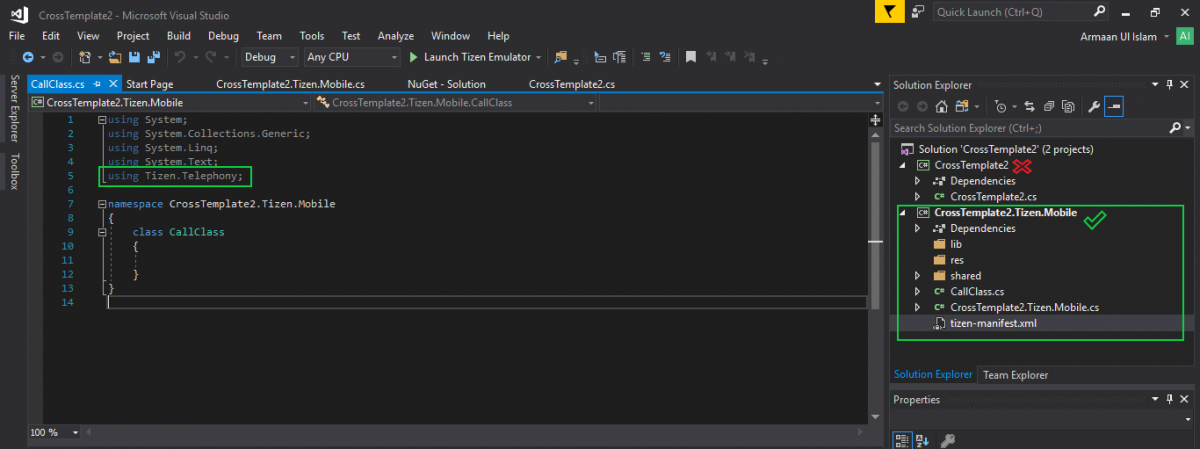

- #TIZEN STUDIO ANDROID API HOW TO#
- #TIZEN STUDIO ANDROID API INSTALL#
- #TIZEN STUDIO ANDROID API CODE#
#TIZEN STUDIO ANDROID API INSTALL#
Download and Install the Tizen Certificate Extension SDK:.Instructions for installation are on.Download the Tizen SDK from the Tizen developer site.Check the proper version of Tizen SDK depending on Samsung Z models from Samsung Developers site.Now we have our Notification, we need to give it to the SDK right after getting the Spaces instance.To get your first project running on your Tizen device you will need to follow these steps. That last point isn't always strictly true, however, it's assumed if you're doing anything more complex such as using a framework that preserves the back stack for a task then you are able to modify the above to suit your situation.

The launchMode of the Activity being called in the PendingIntent must be singleTop.setOngoing(true) is required to make sure the user can't remove the notification.setSmallIcon is necessary (you can use another icon but without it the operating system will not recognize the notification).There are several non obvious pieces here: setContentText ( "Your screen is being shared" ). setContentTitle ( "Mux Spaces SDK Screen sharing example" ). FLAG_MUTABLE ) // The setSmallIcon is necessary or the operating system will silently disregard the notification, and so the whole screen sharing request // setOngoing ensures the user can't remove the notification while screensharingīuilder. getActivity ( this, 1, intent, PendingIntent. class ) PendingIntent pendingIntent = PendingIntent. Intent intent = new Intent ( this, MainActivity. If you encounter a situation where you think it should be better please reach out to us at 2 Understand core abstractionsĬurl \ -H "Content-Type: application/json" \ -X POST \ -u " $ // For this to work the launchMode of MainActivity must be set to "singleTop" in AndroidManifest.xml // This ensures Activity instances are unique and so the notification won't do things like launch a new activity // If you have more complex use cases which require things like preserving a large back stack you will need to use one of the // normal approaches for doing that, but it will be highly specific to your application. That said, streaming sophisticated 3D rendering from games at good resolutions and framerates is very achievable on modern devices with good network connectivity. The system is tuned to prioritize keeping the resolution slightly higher at the cost of framerate and latency.
#TIZEN STUDIO ANDROID API CODE#
Screen sharing uses quite a lot of system resources and upstream network bandwidth, and while we constantly strive to optimize our code appropriately you will need to have realistic expectations about how well it will work as it is very dependent on your target device. A subscriber-only app would not need additional permissions to view video or hear audio. If you have no need to access the microphone or camera you will not need to request permission for them, and so we will not do so in this guide, although we will subscribe to remote camera and microphone feeds. We have worked to keep things as consistent as possible. The key difference is that the Android operating system handles permission to share the screen in a fundamentally different way than accessing the camera or microphone, and this has implications for the API. This is a separate tutorial from the microphone and camera publishing guide as some of the important details are surprisingly different.
#TIZEN STUDIO ANDROID API HOW TO#
In this guide, you will learn how to share the screen of an Android device as a video track into a Space so that remote participants can view it on their devices.


 0 kommentar(er)
0 kommentar(er)
